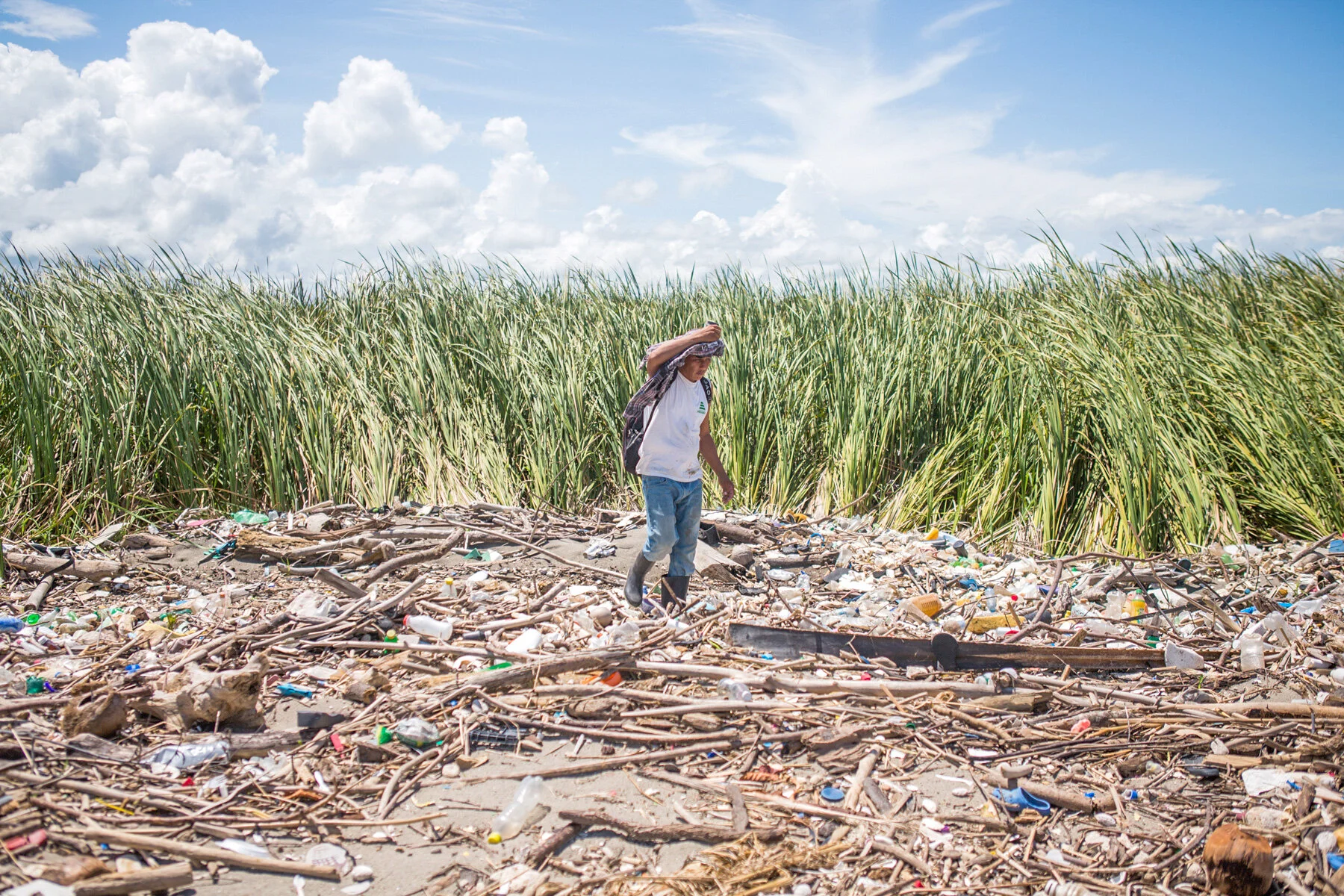
River of Trash // The Intercept

El Quetzalito, Guatemala //
“As I step onto shore, I notice more bits of plastic lying among the reeds, half-buried in the mud, as well as stained scraps of cloth, bits of packing foam, a single cracked plastic sandal. Just beyond, Guatemala’s Motagua River pours into the Caribbean, carrying with it a daily freight of trash washed out of overcrowded city dumps and unofficial landfills hundreds of miles upstream.
Worldwide, an estimated 80 percent of ocean plastic comes from land as “mismanaged waste.” Indeed, in Guatemala, there are almost no properly managed landfills and virtually no public water treatment plants. The result is a noxious chowder of sewage, industrial and agricultural runoff, and an ever-replenished flotilla of plastic trash, churning out from the river mouth toward the massive Mesoamerican reef, which has long supported rich biodiversity and fishing communities from Cancún to Nicaragua. Now, the beaches here and in neighboring Honduras are regularly buried in artificial tidewrack of toothbrushes, makeup containers, old syringes and bottles of IV fluid, action figures, streamers of plastic film, and foil chip bags.
Hendrik, a young employee of the country’s department of protected areas, gave me and a few colleagues a tour in late 2018. For the last year, workers employed by the environmental ministry had been cleaning this stretch of beach, carting wheelbarrow loads of trash away, but even still the sand is mosaicked with colorful bits of plastic. “It’s a constant effort,” Hendrik said. However much trash they take away, the river always brings more to replace it.” - Amelia Urry
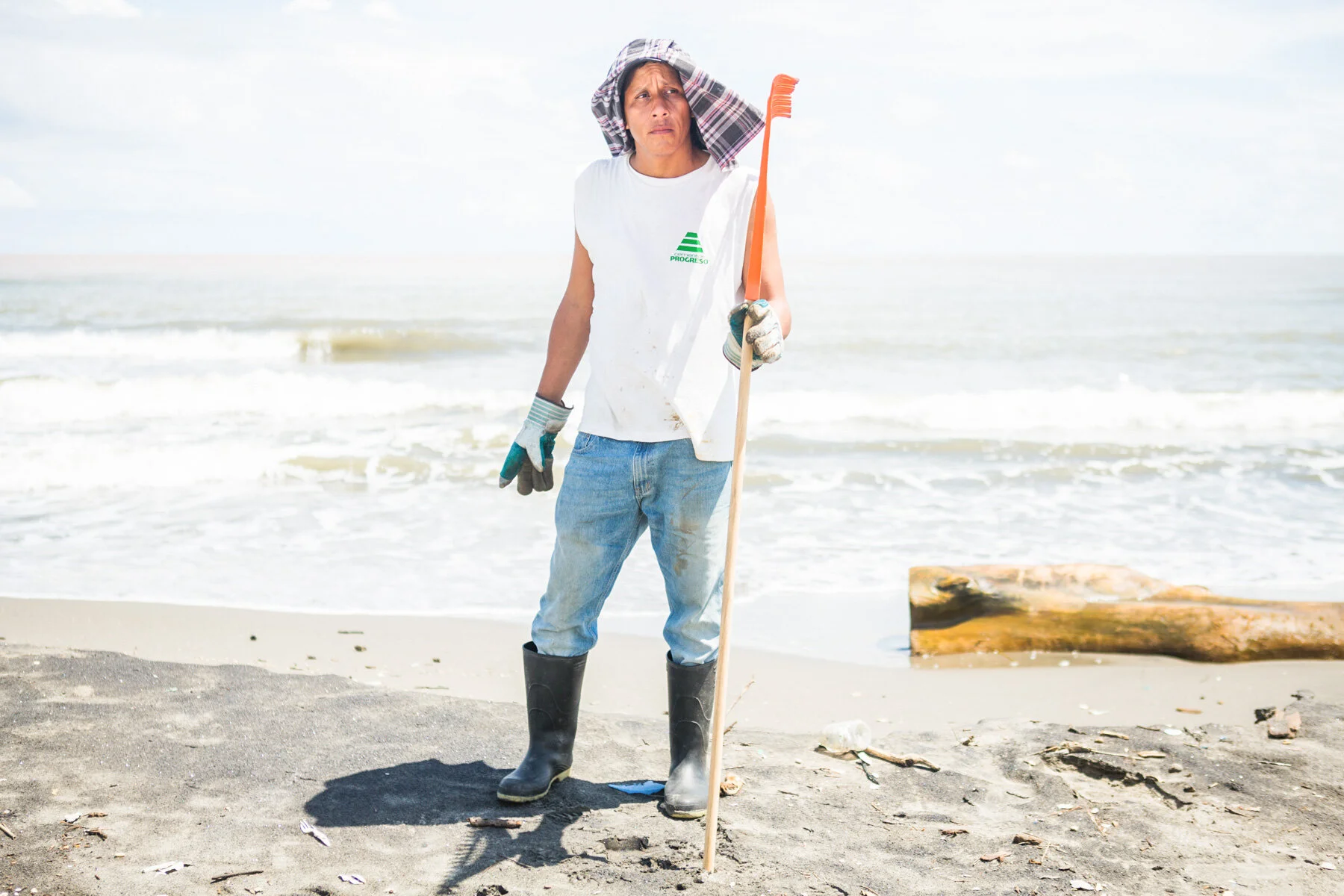
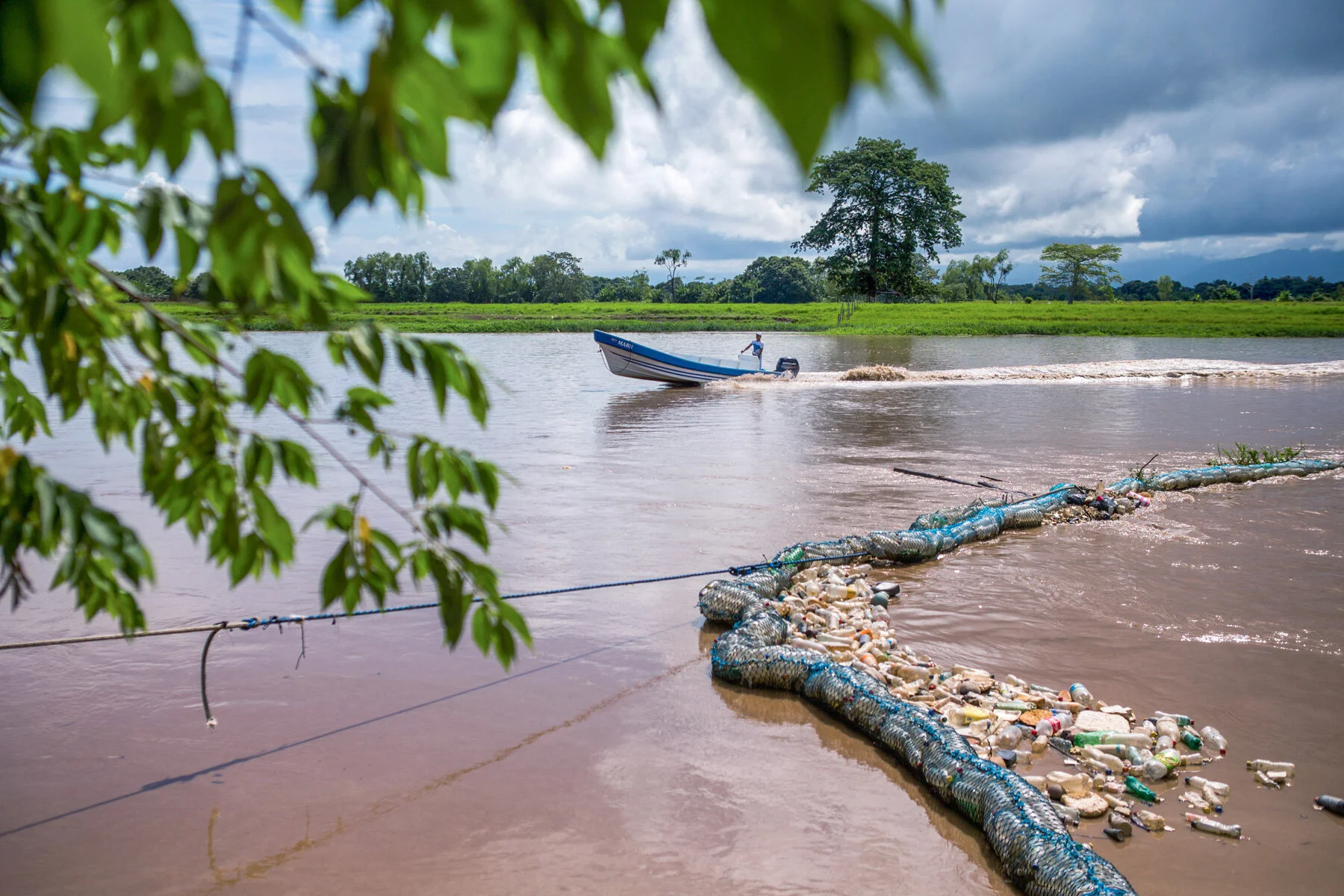
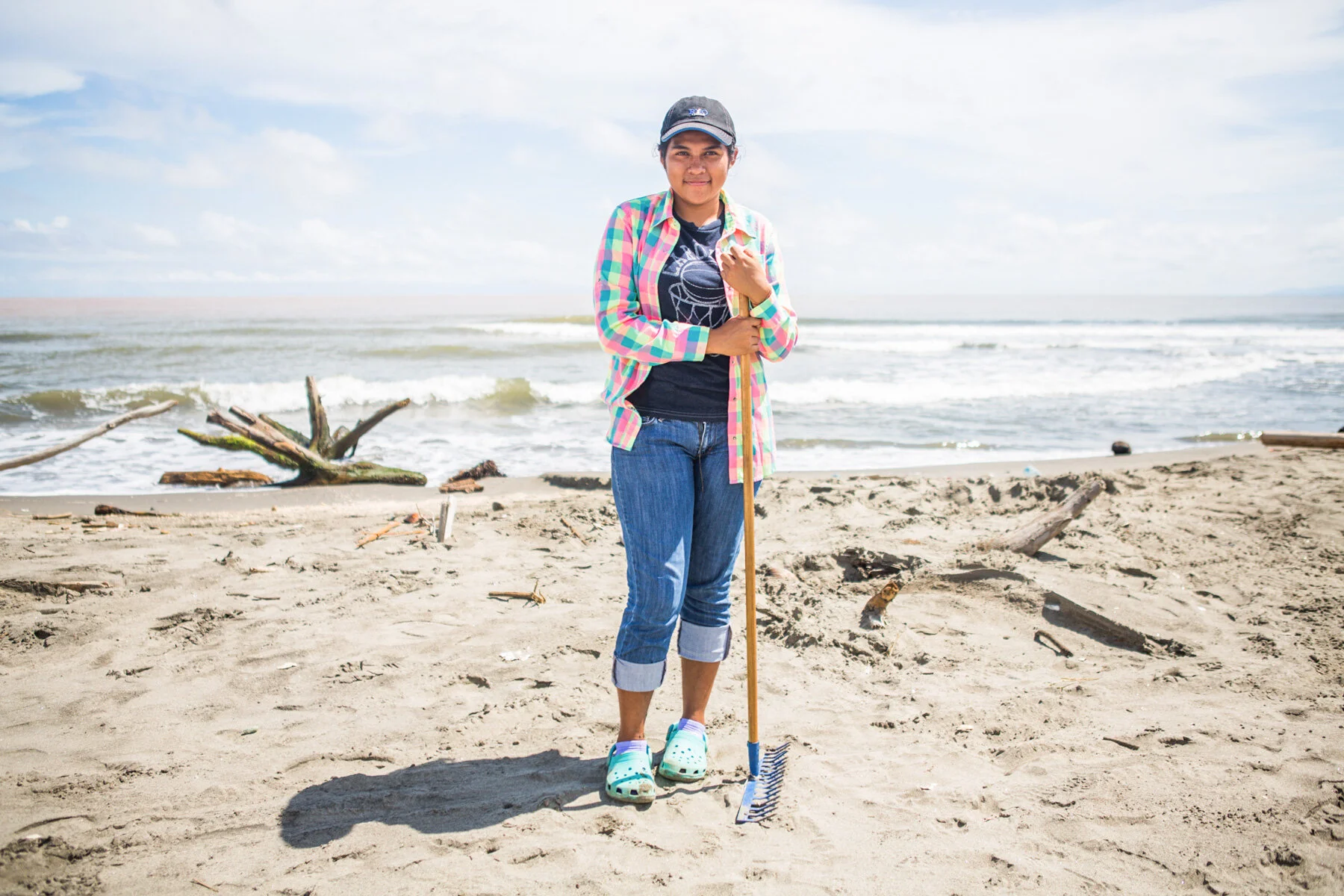
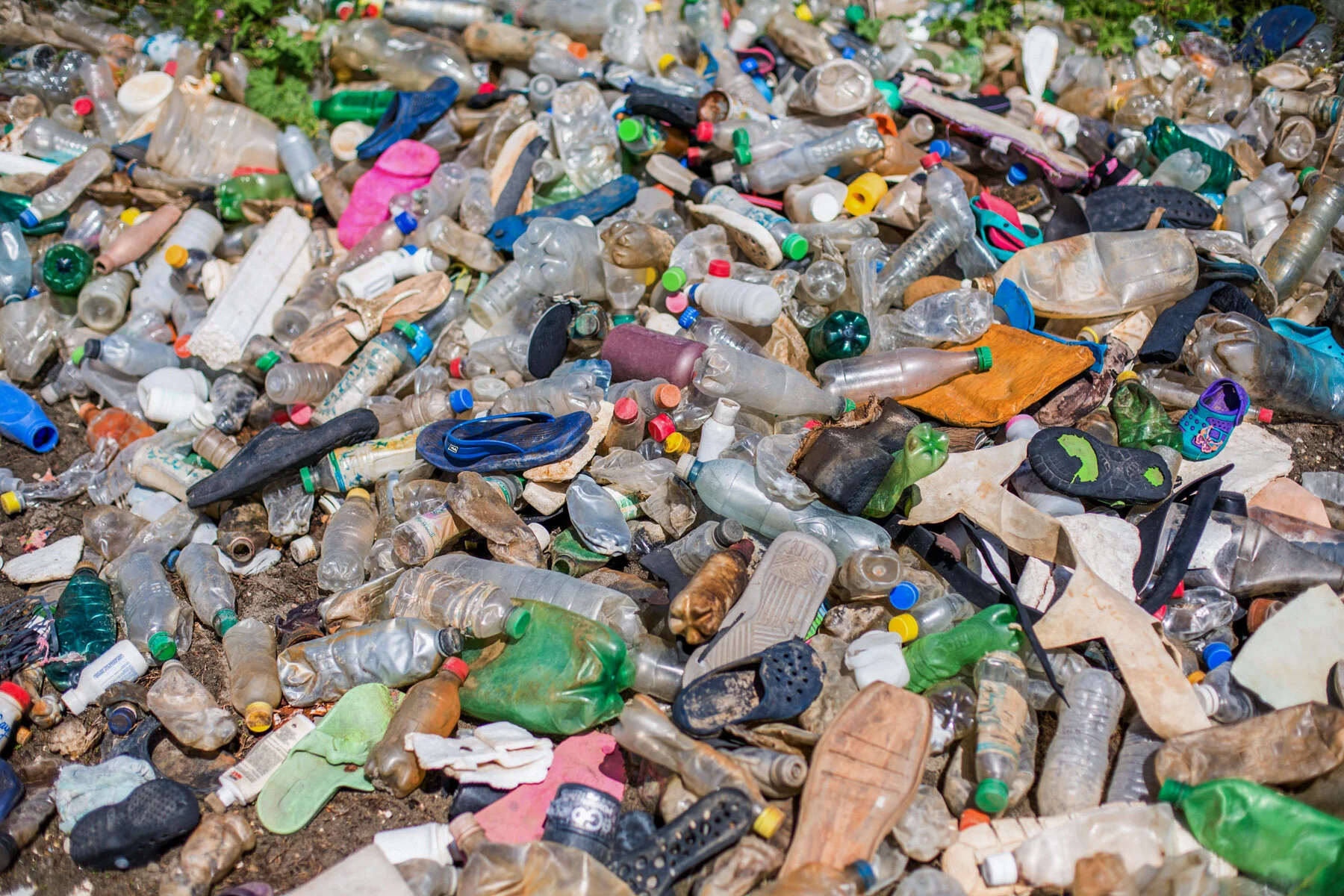
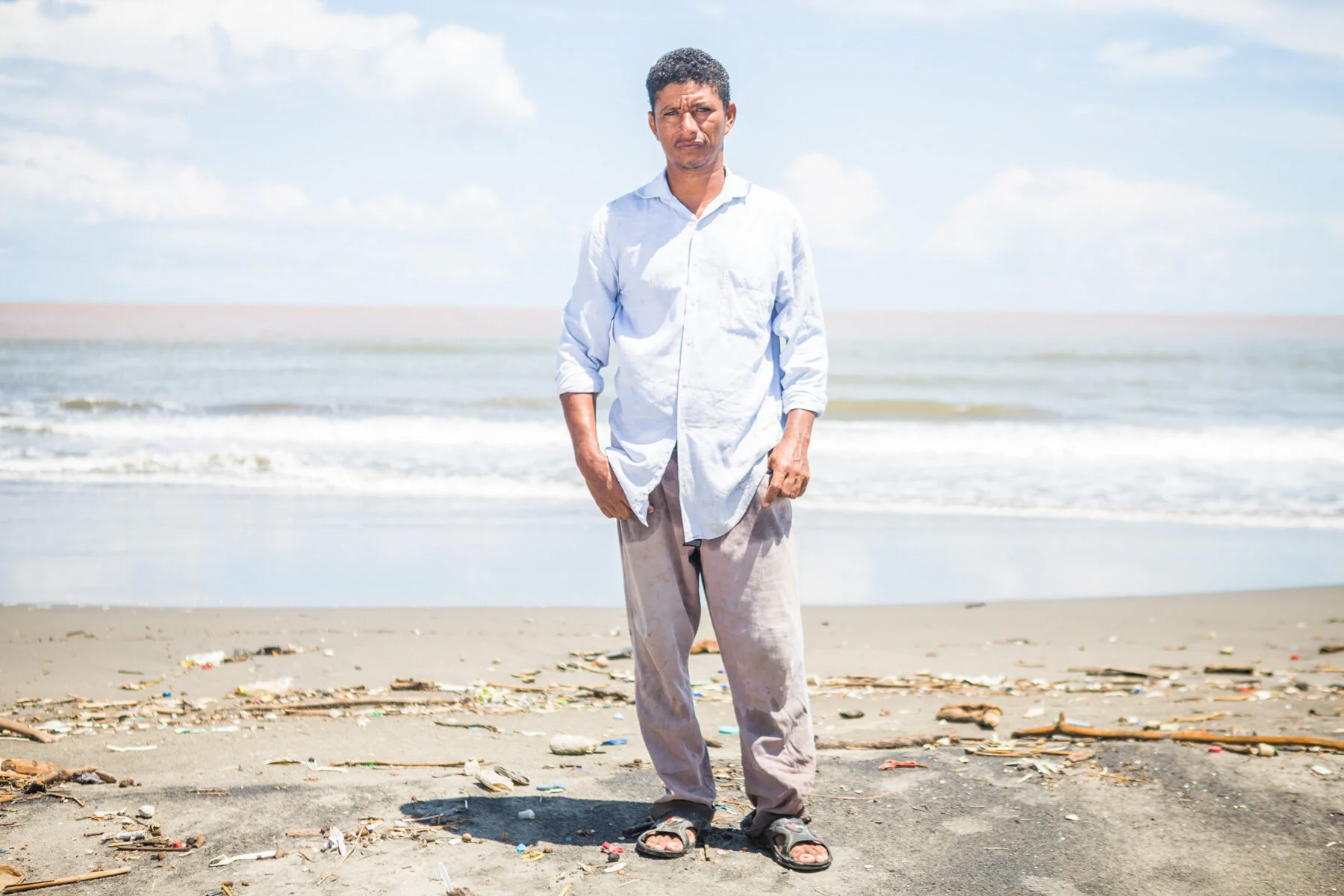
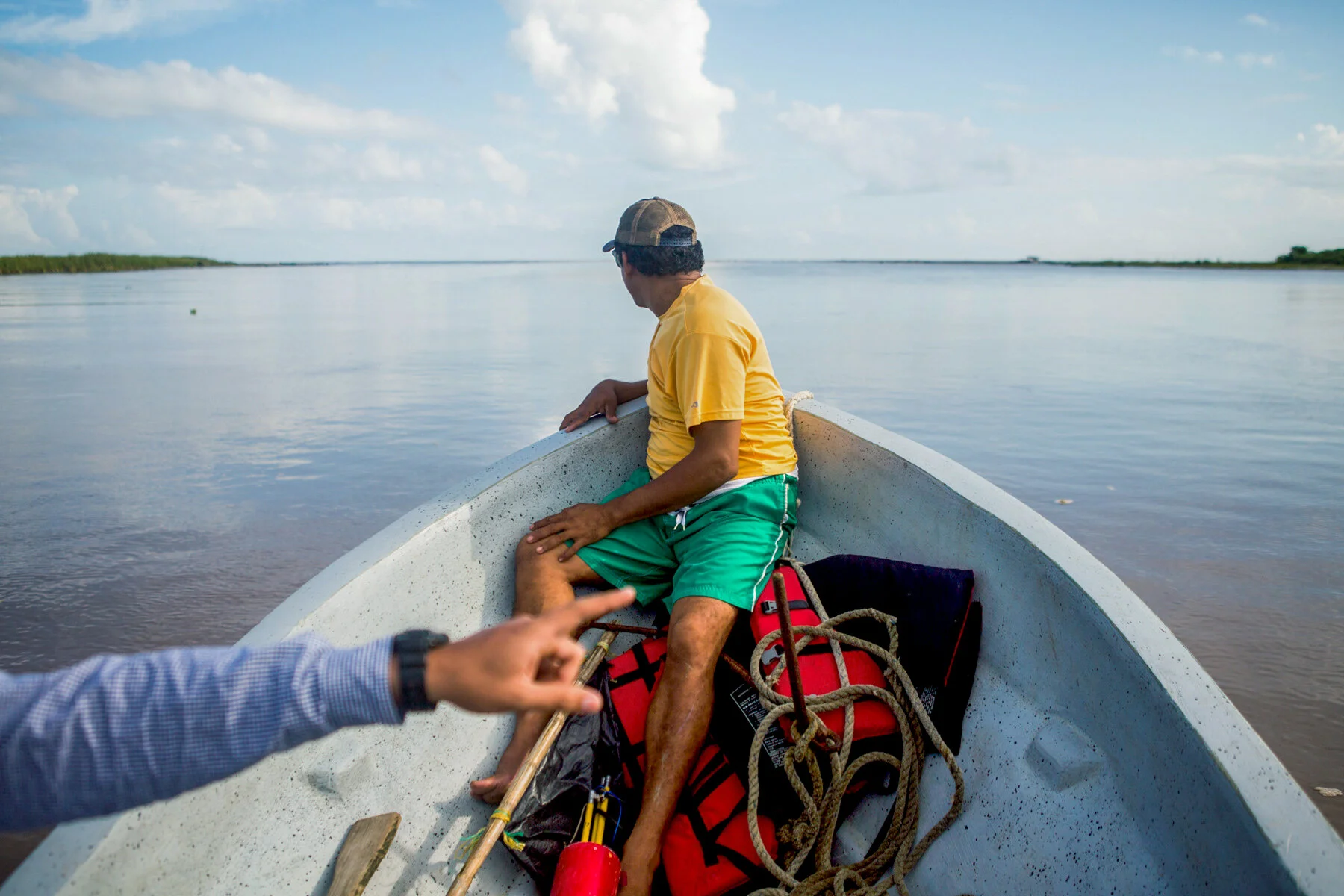
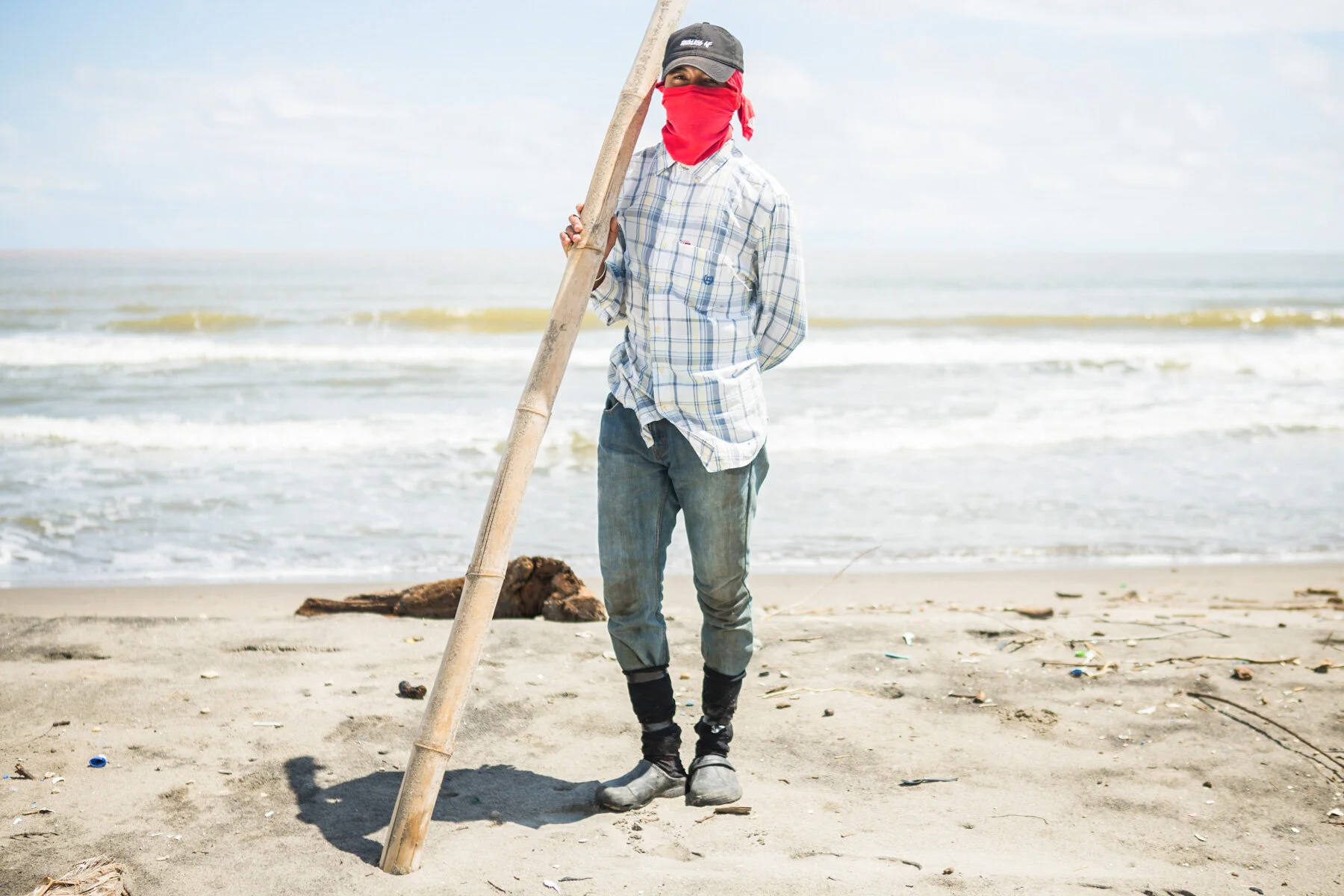
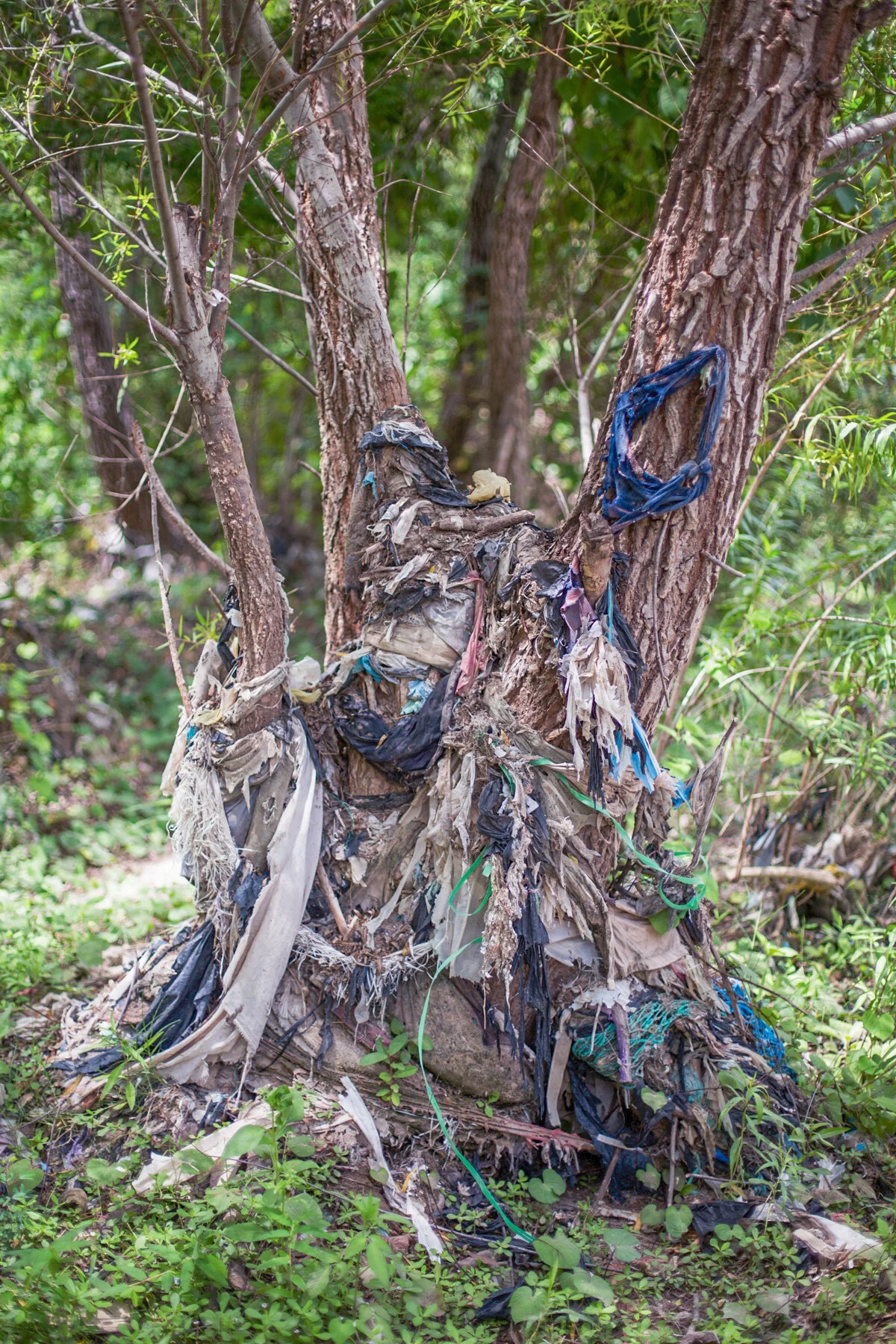
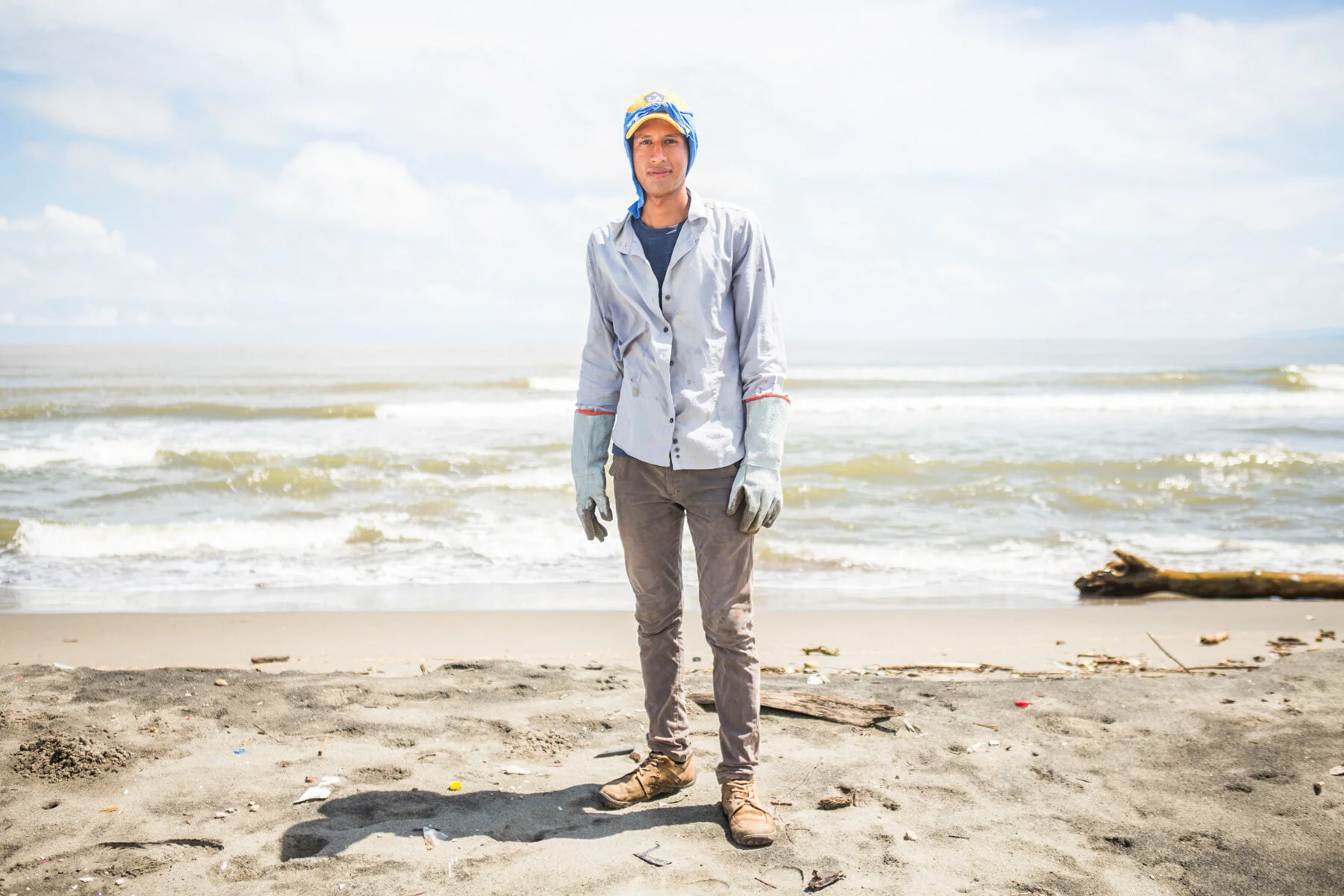
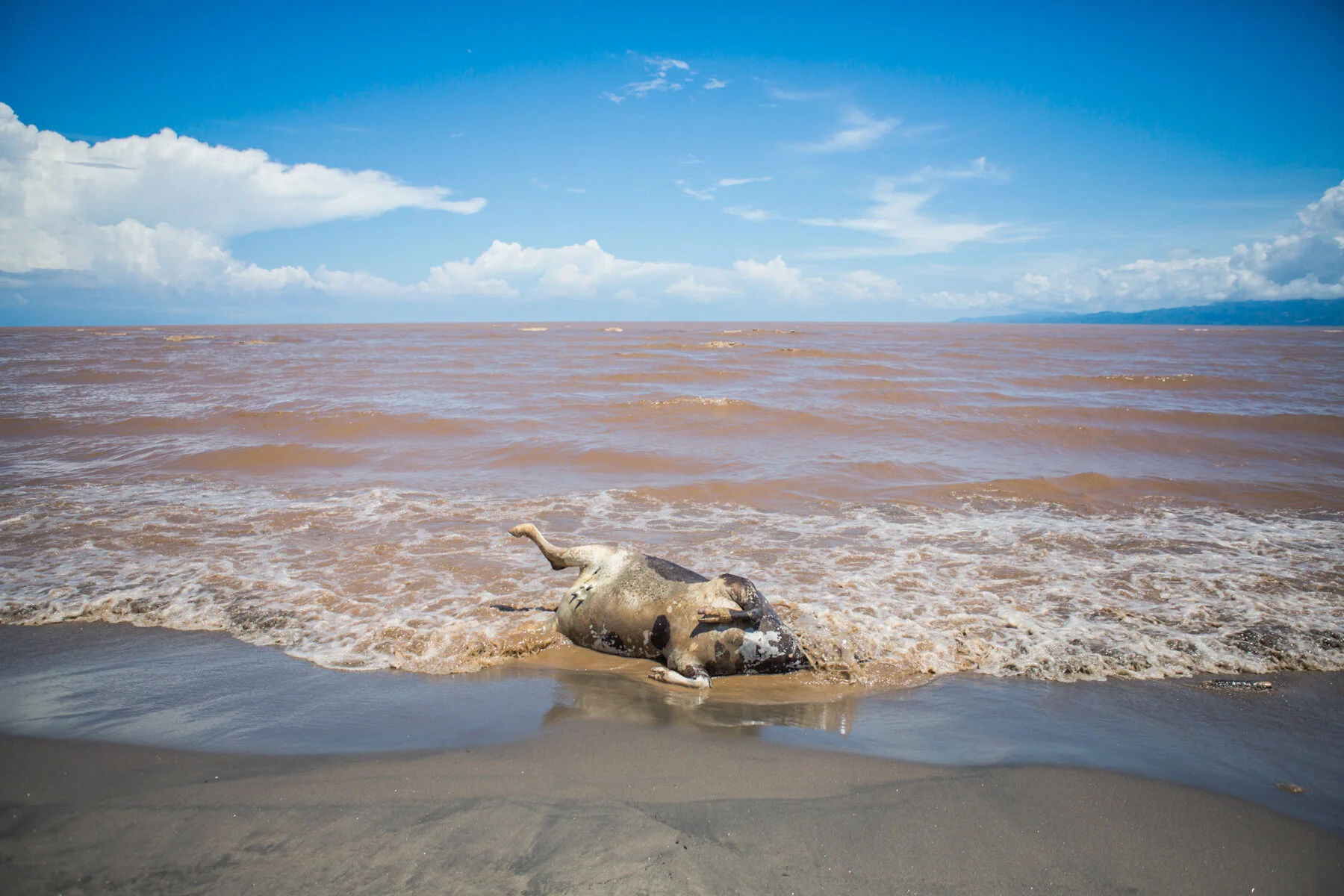
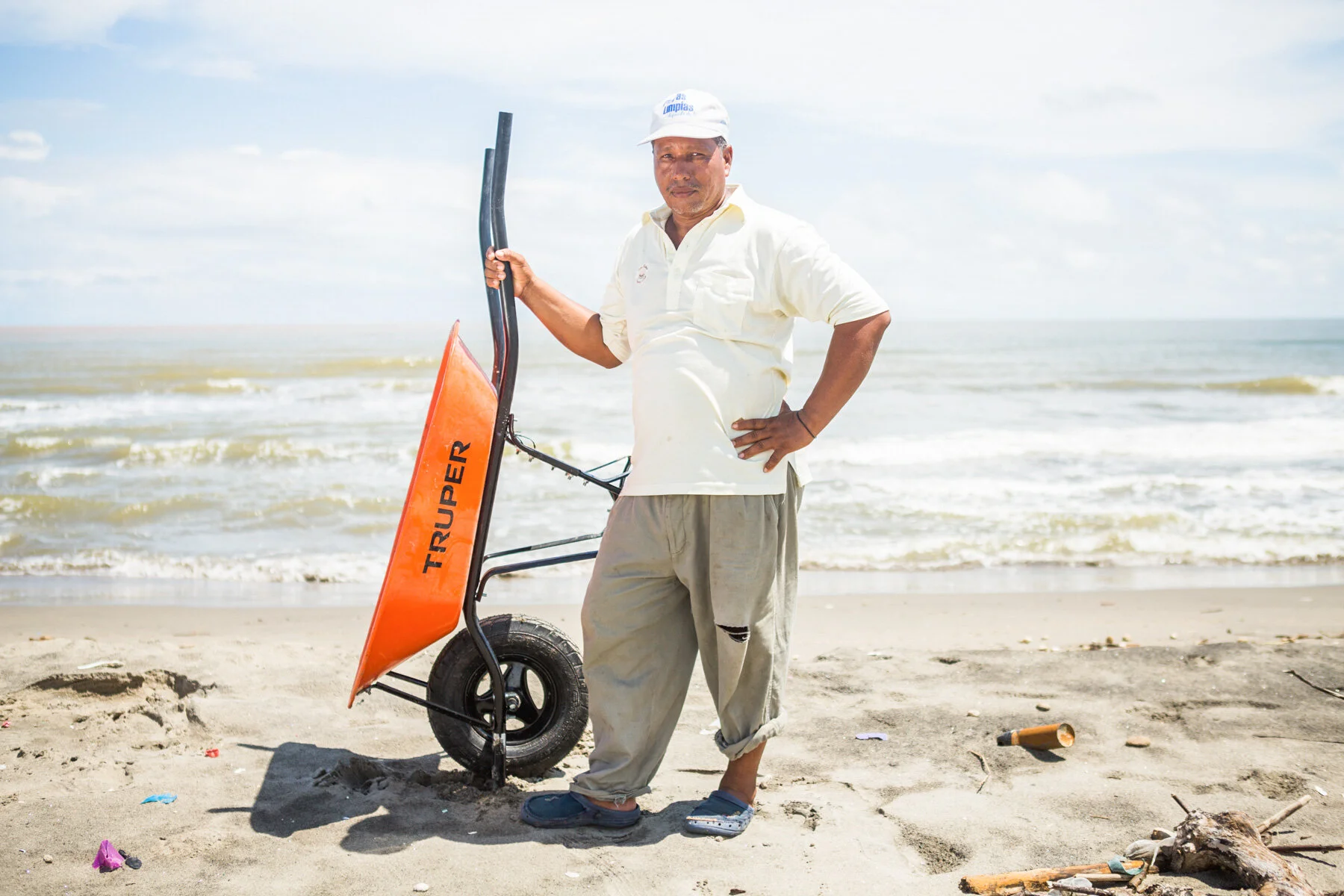
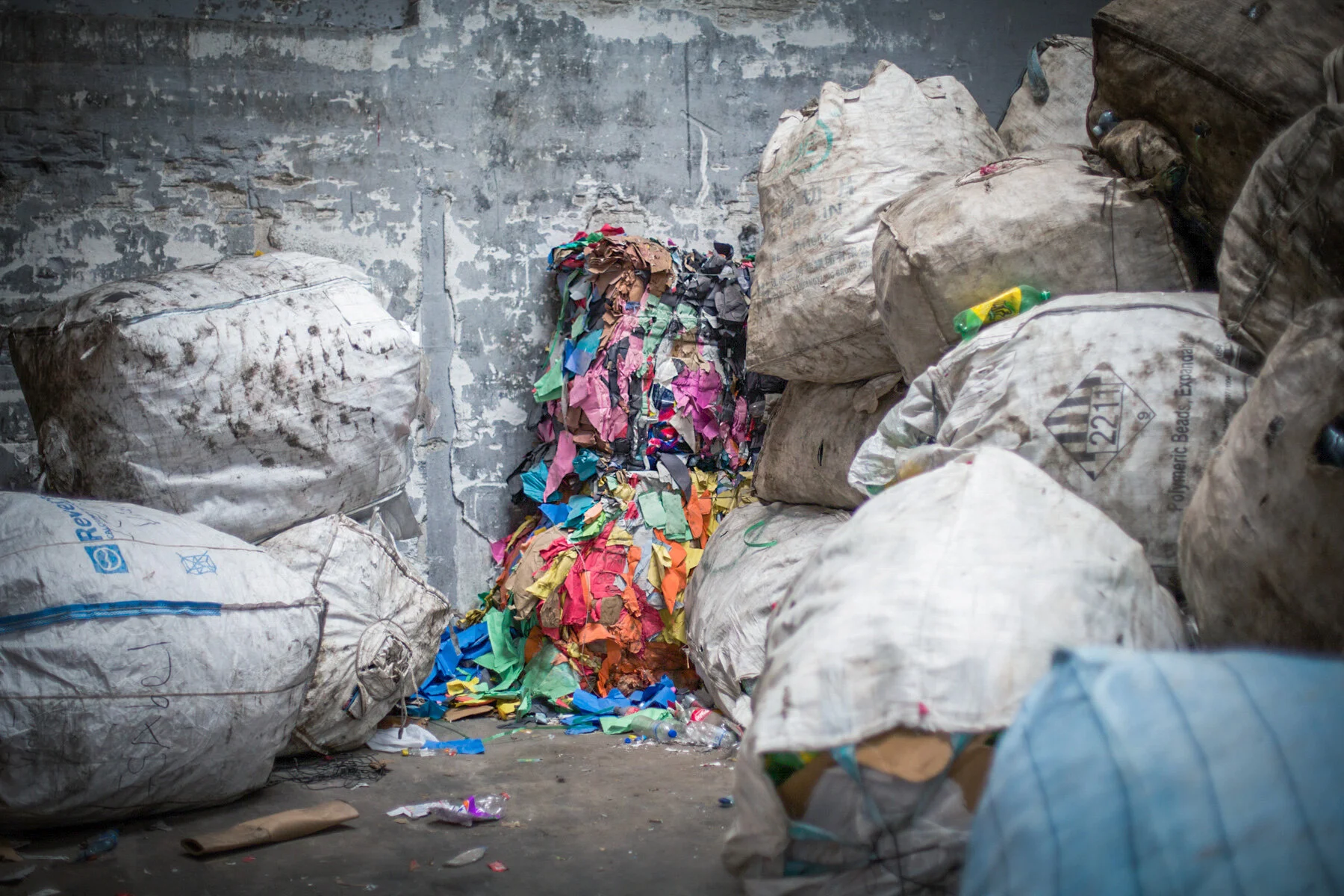
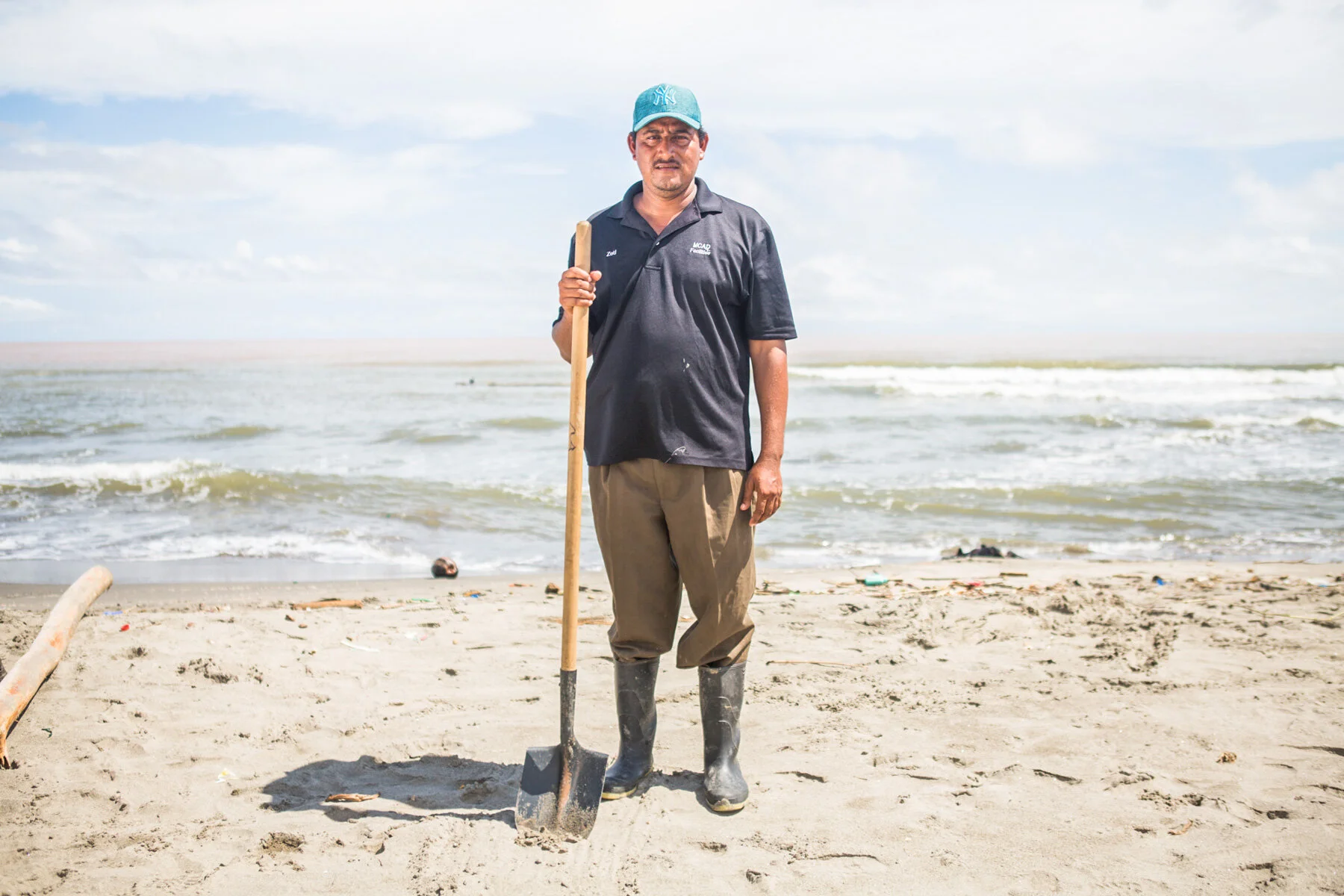
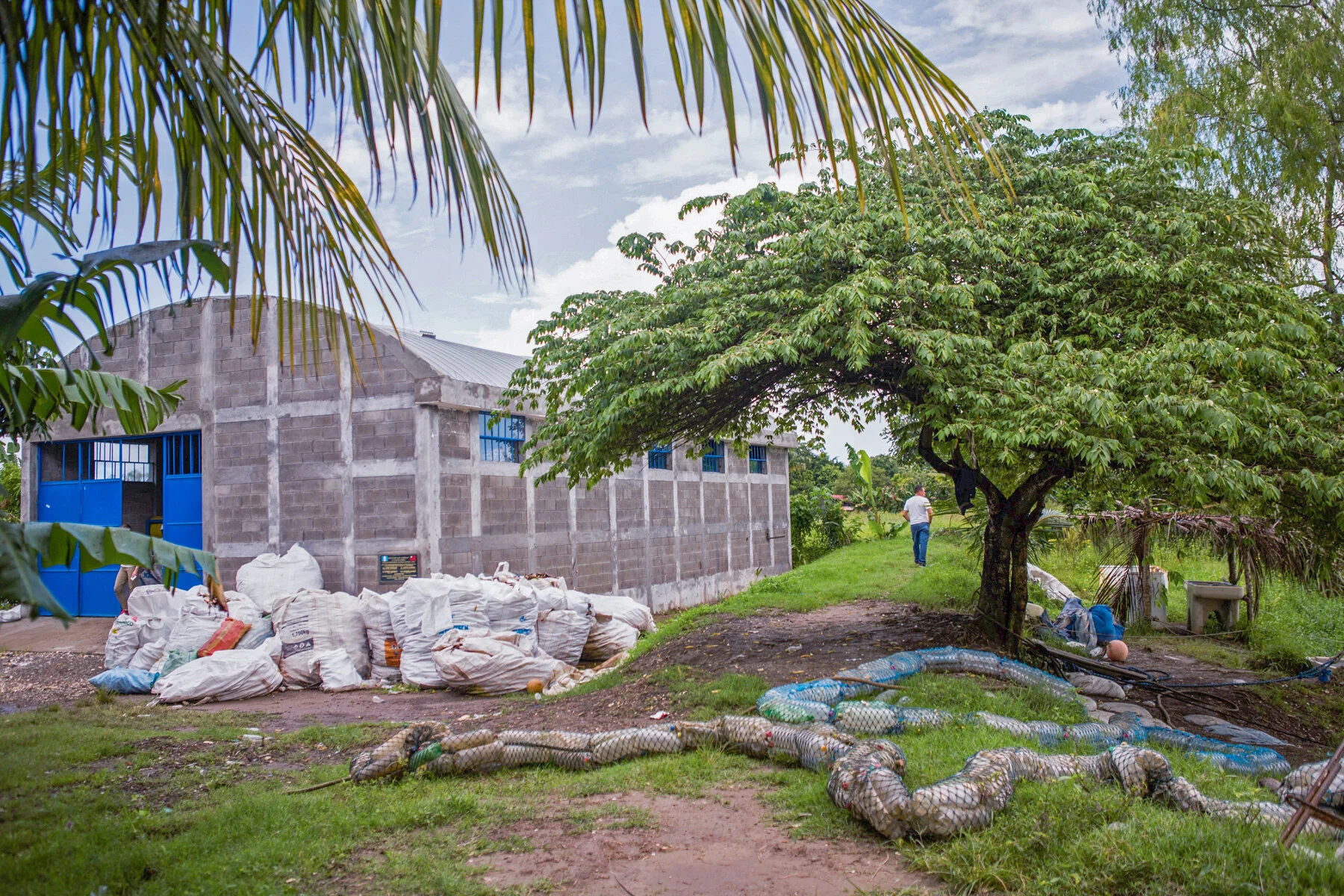
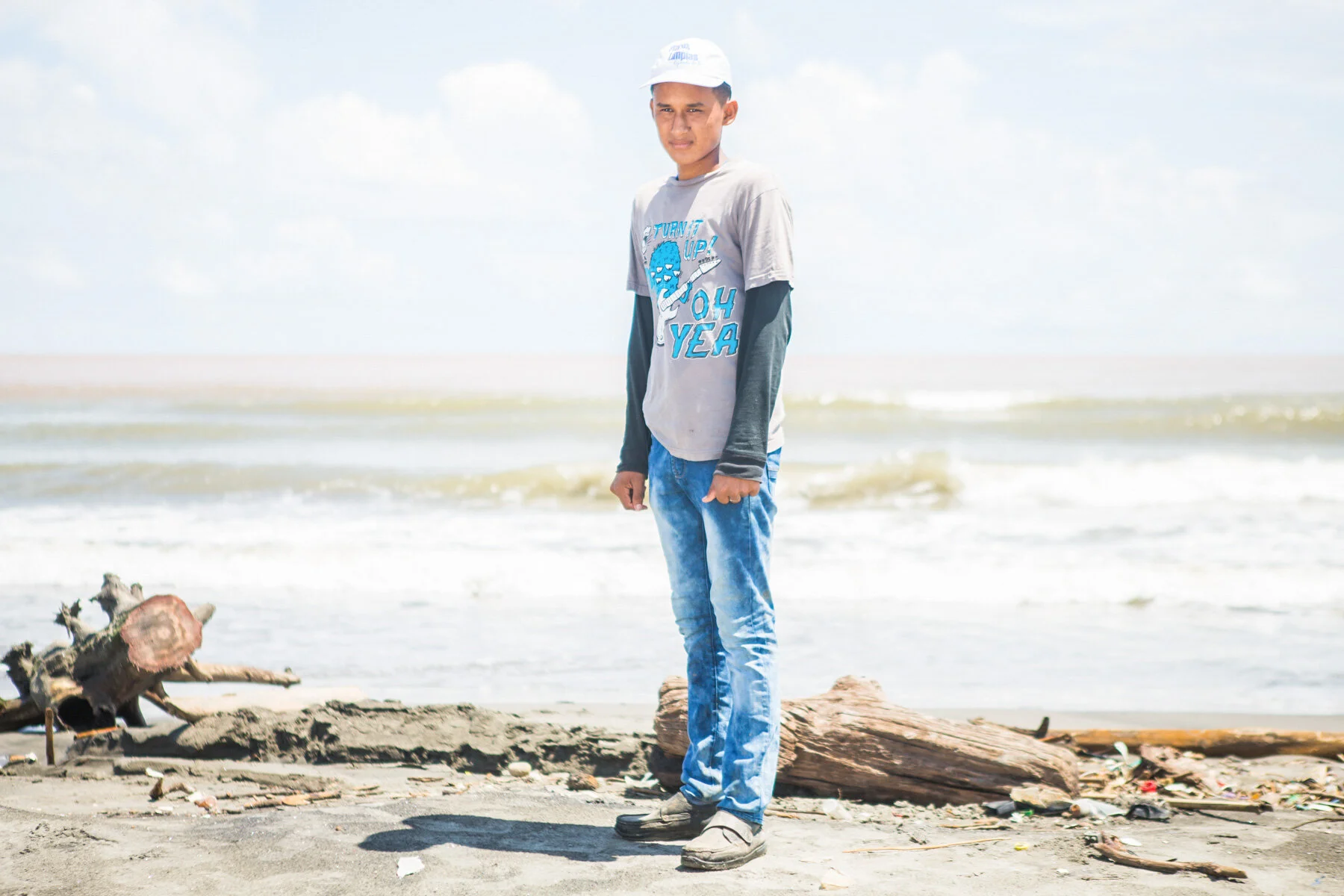
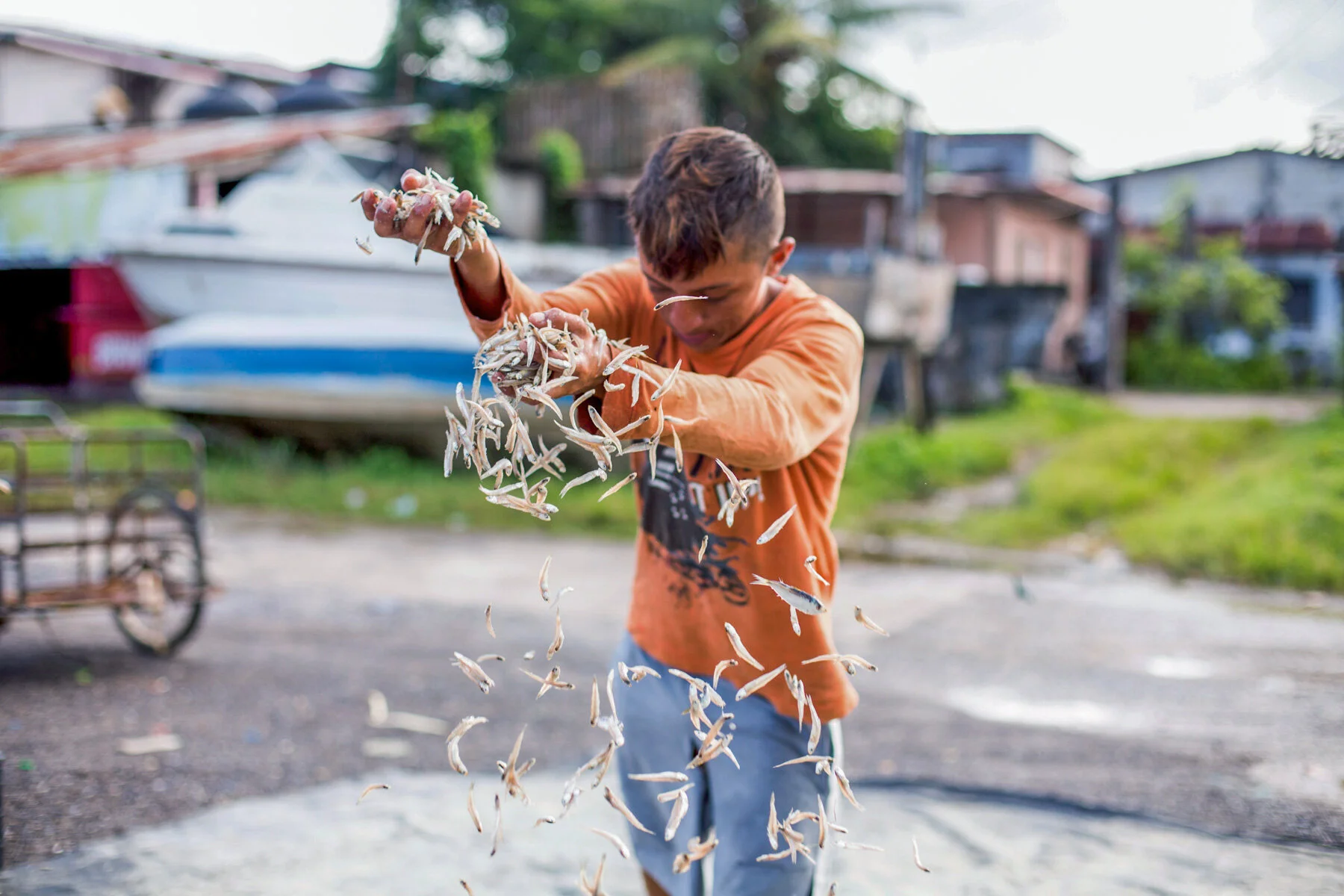

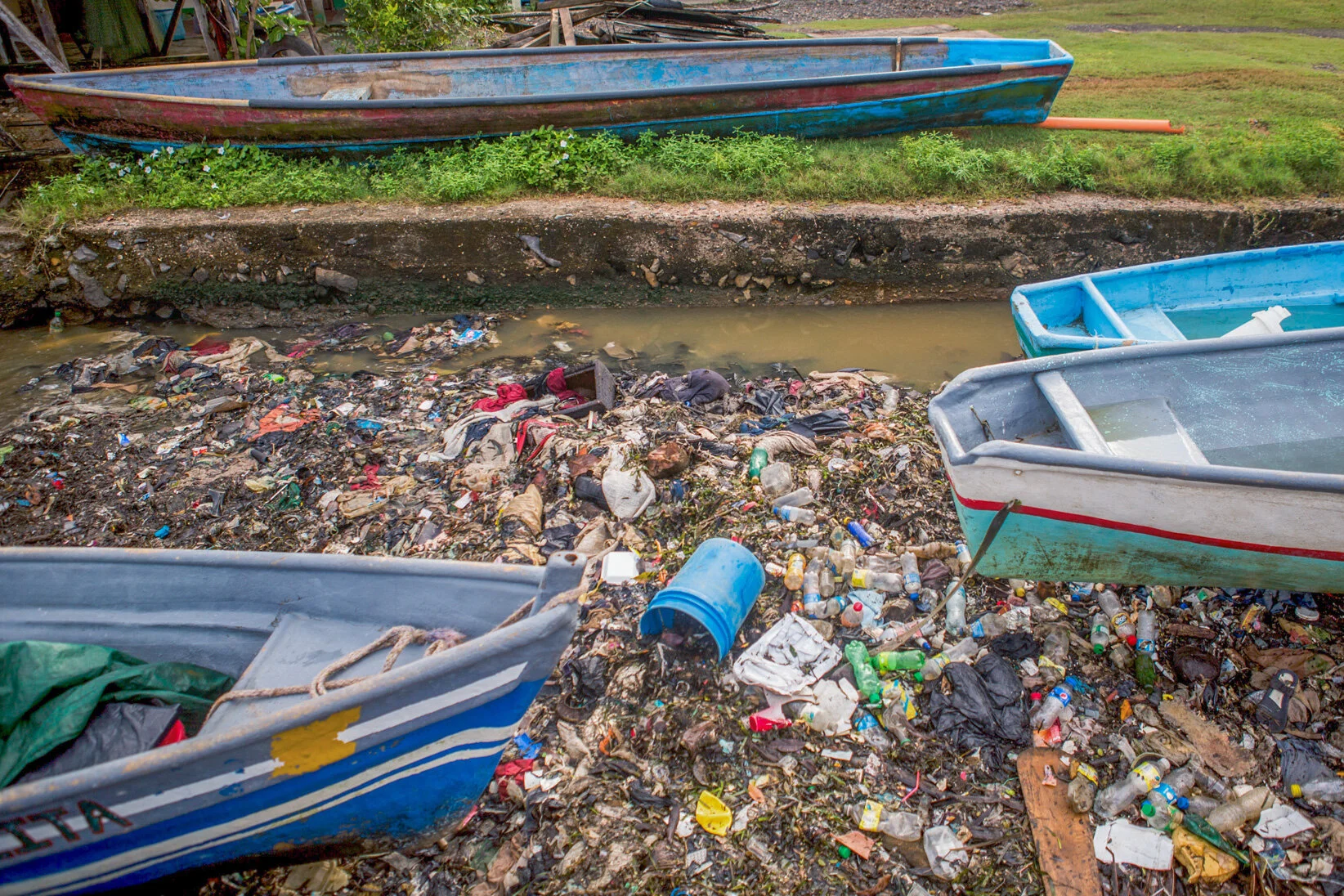
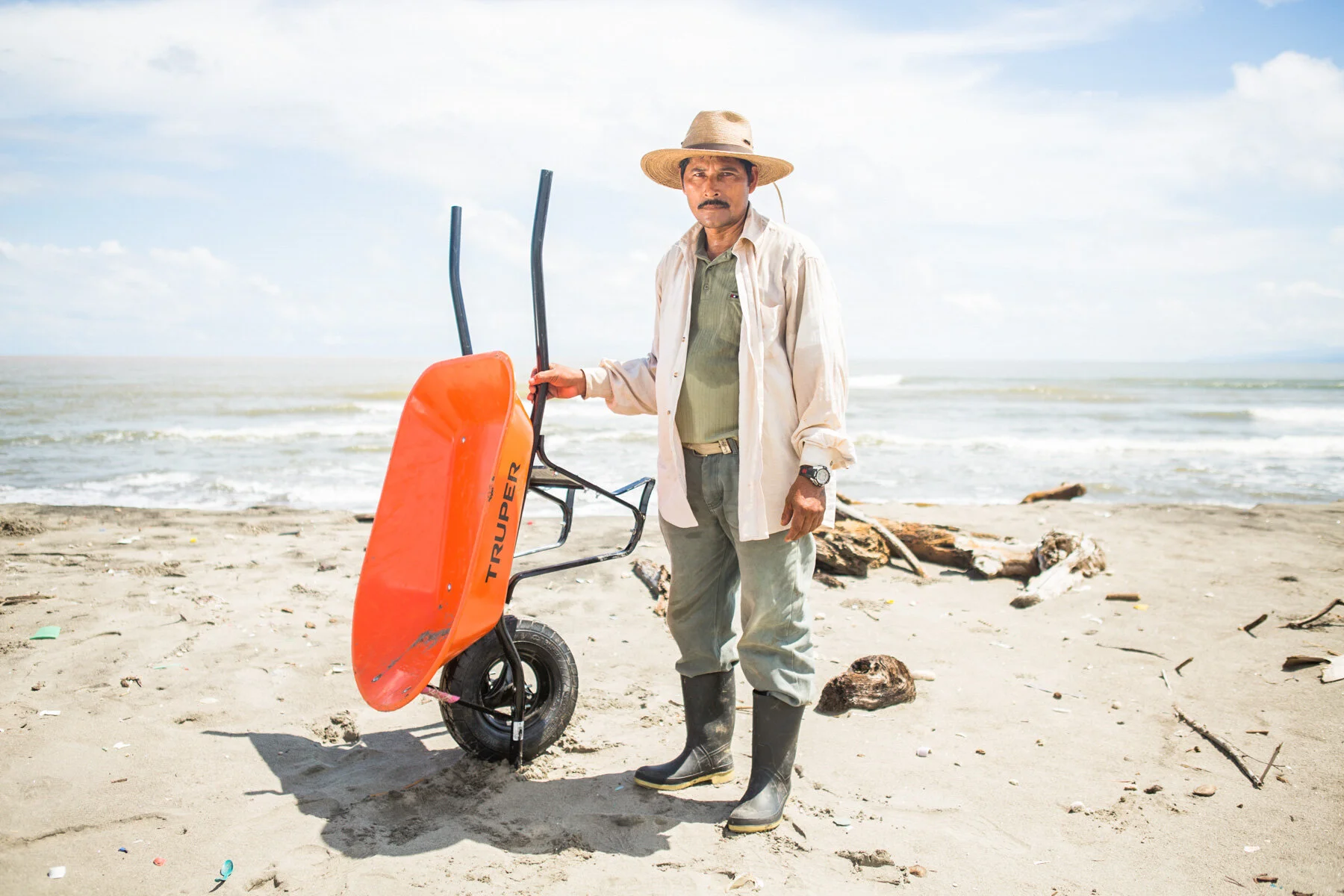
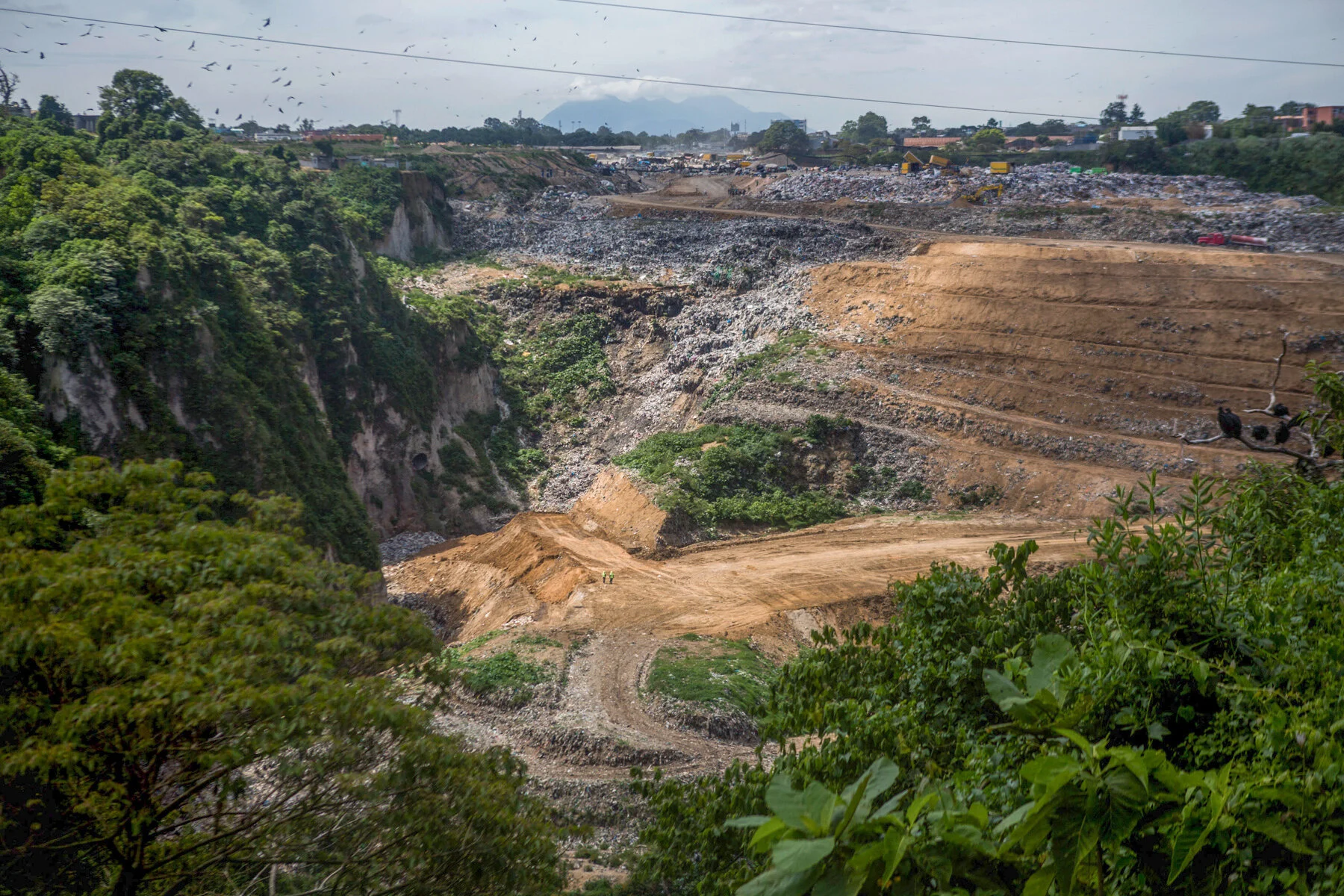





















El Quetzalito, Guatemala //
“As I step onto shore, I notice more bits of plastic lying among the reeds, half-buried in the mud, as well as stained scraps of cloth, bits of packing foam, a single cracked plastic sandal. Just beyond, Guatemala’s Motagua River pours into the Caribbean, carrying with it a daily freight of trash washed out of overcrowded city dumps and unofficial landfills hundreds of miles upstream.
Worldwide, an estimated 80 percent of ocean plastic comes from land as “mismanaged waste.” Indeed, in Guatemala, there are almost no properly managed landfills and virtually no public water treatment plants. The result is a noxious chowder of sewage, industrial and agricultural runoff, and an ever-replenished flotilla of plastic trash, churning out from the river mouth toward the massive Mesoamerican reef, which has long supported rich biodiversity and fishing communities from Cancún to Nicaragua. Now, the beaches here and in neighboring Honduras are regularly buried in artificial tidewrack of toothbrushes, makeup containers, old syringes and bottles of IV fluid, action figures, streamers of plastic film, and foil chip bags.
Hendrik, a young employee of the country’s department of protected areas, gave me and a few colleagues a tour in late 2018. For the last year, workers employed by the environmental ministry had been cleaning this stretch of beach, carting wheelbarrow loads of trash away, but even still the sand is mosaicked with colorful bits of plastic. “It’s a constant effort,” Hendrik said. However much trash they take away, the river always brings more to replace it.” - excerpt by Amelia Urry
photographed for The Intercept, supported by the International Women in Media Foundation (IWMF)